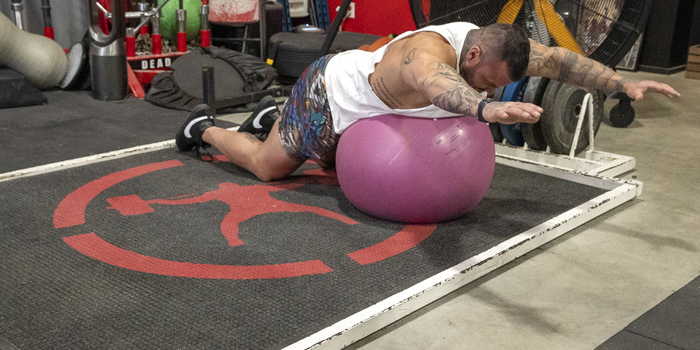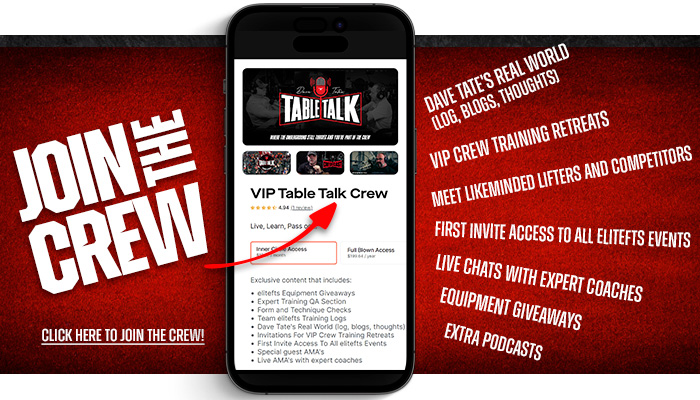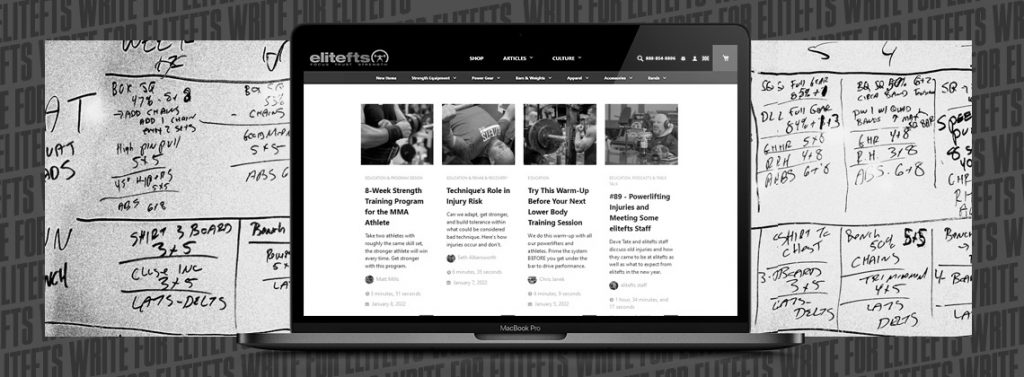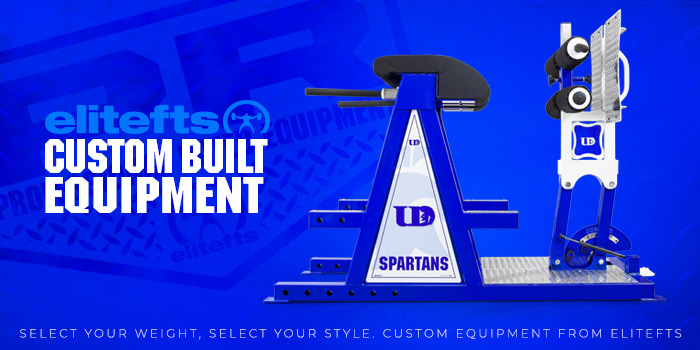
Did you know that strong muscles can make you weak?
When you perform a task, your muscles have to do the work, but it differs in how the muscles work depending on what task you perform. It is a complex system, so let’s focus on the core muscles—they make a great example for the rest of your body.
About Your Core
Your core muscles can contract into your midpoint and act like armor that pulls everything to your center and protects it against forces against the body. Acting like armor is preferable when your body must withstand forces, as if you run a bicycle downhill, get your ass kicked in the UFC cage, or squat a heavy weight. We can call it static core work. The opposite is to generate power in the elastic force transmission. An example would be if you want to generate power to throw a discus, hit a punch, or kick a football.
How these muscles work depends on how strong the muscles are and how well your movement pattern works. It is mostly the same muscles that work in that armor-protecting strength as it is in the elastic force transmission. The difference lies in how they simultaneously will contract. If you train your neurological motor skills to do a heavy squat and only train your abs with that thought, it can slow down your ability to run fast or weaken your punch. I see many athletes, like hockey and football players, who train insanely by doing many sit-ups, standing in a plank, etc., then they train the armor protecting strength instead of the elastic force transmission, which they should do to be better at their sports.
What is Unique About Protecting Strength?
Armor-protecting strength is when you keep your abdominal pressure in a way that prevents the ribcage and pelvis from sliding apart. When you have a solid force that keeps the ribcage and pelvis from moving apart, it is like you have an X, where the center is your core, and the arms of the X are pulling in towards the center.
Recent: Why Your Grandpa Should Get Under the Bar
What is the Elastic Force Transmission?
The elastic force transmission consists of the abdominal pressure that allows it to stretch—it is one of the biggest differences from the protective strength. The protective strength is hard; it is a solid pressure that holds your ribcage and pelvis together. While the elastic force transmission is softer, it is still a pressure, but a softer pressure that allows the X to stretch. You can stretch it as long as you do not lose the pressure. You can compare the protecting strength with an X made of iron to the elastic force transmission that comes with an X made of a rubber band. The more you stretch, the tenser it should be. If you lose the stretch, you will lose your abdominal pressure, and there comes a risk of injury since your discs will take the hit instead.
How can you get weaker by choosing the wrong exercise? Well, if you are too used to training the protecting abdominal pressure, it might be activated when you need to use the elastic force transmission. If your X is made of iron instead of rubber, it will hinder your ability to take the advantage you need to get from the stretch. If a hockey player stiffens his core too much when shooting at the goal, he has to use more strength but lose power. It can even be the opposite. If you have trained very much in the elastic force transmission, it could harm your muscle contractions during a heavy squat.
Example Exercises For Your Core
Let me give you five examples of exercises you can use to train your protecting core strength. When you use these exercises, you do not want the distance to slip away between your ribcage and your hip)
- Plank
- Regular situps (not crunches)
- Dead bug
- Bird dog
- Hip raises
Here are five exercises to help you train for elastic force transmission. When you use these exercises, you need to stretch your ribcage and hip from each other without losing the tension.
- Russian twist
- Slamball throw
- Toes to bar
- Windmill
- Crunches on an AbMat
Stefan Waltersson has been working as a personal trainer for 20 years. He is Westside Barbell certified as a special strength coach. He is also educated and trained by Professor Boris Sheiko. Stefan works as a lecturer and gym owner with 350 members. Previously, he worked as a nurse assistant in healthcare, with neurology as his main focus. You can find him on Instagram as @coach_waltersson. Check out his website.











